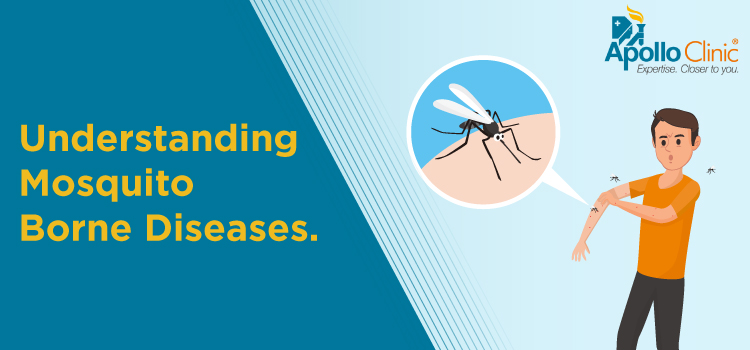Independent research reveals that almost 700 million individuals die, each year, due to some form of mosquito-borne illness
Our understanding of Mosquito-Borne Diseases is merely restricted to the names of the ailments when the process of transmission is way more intricate. People have misconceptions that mosquitoes are direct carriers and infect by releasing parasites into the bloodstreams. However, the execution is slightly different than we make it as mosquitoes feed on an infected individual, carry the virus or infection along, and transmit the same onto the next individual.
In the subsequent sections, we shall look into some of the most widespread mosquito-borne diseases while understanding more about the infecting agent, transmission, and related symptoms.
Malaria
Here is one of the more common mosquito-borne diseases, with the plasmodium parasite being the infecting agent. When a female Anopheles mosquito bites an infected person, it automatically becomes a carrier of the parasite, which is then transmitted upon subsequent bites. However, the condition starts worsening as the parasite starts multiplying within the liver, slowly making its way into the RBCs.
Malarial fever can be severe or uncomplicated, depending on the strength of the parasite and the extent of proliferation. Characteristic symptoms include sweating, shivering, chills, multiple convulsions, clinical jaundice, and more.
Dengue
The Dengue Virus is transmitted through an infected Aedes Aegypti mosquito’s bite and starts proliferating inside after three to even 14 days of the transmission. The alarming thing here is that the global dengue incidence has escalated over the past few years with the ailment killing almost 25000 people, each year. What starts with a characteristic skin rash slowly turns into an ominous threat, with the symptoms being hemorrhagic fever, vomiting, headache, and joint pain.
Yellow Fever
Yellow Fever is yet another viral, mosquito-borne disease, characterized by loss of appetite, muscle pains, and headaches. Unlike malaria and dengue, Yellow Fever, as an ailment, has a shorter life span and the affected individual starts recovering within four to six days. Surprisingly, the yearly death count associated with Yellow Fever is almost 30000 which is a significant figure, as compared to dengue.
Yellow Fever, due to its hemorrhagic nature, comes across as a life-threatening disease with the ‘Aedes Aegypti’ being the mosquito breed that helps transmit the same. Yellow Fever gets its name from the fact that it can cause dengue in certain patients.
Chikungunya
Another viral disease, Chikungunya is commonly transmitted by mosquitoes and shares symptoms and signs with Dengue and Zika. When it comes to identifying the mosquito breed that causes the same, Aedes Aegypti comes across as the primary threat. As far as symptoms are concerned, Chikungunya is characterized by fatigue, rash, headache, onset fever.
Zika
Here is yet another mosquito-borne disease that is caused by the transmission of the Zika Virus. While the basic symptoms include headaches, achy joints, and fever, Zika Fever is a cause for concern, especially if the virus affects pregnant females. If and when affected by the Zika virus, mothers might give birth to children with serious physical conditions and disabilities.
Each one of these mosquito-borne diseases is life-threatening if there is a delay in identification and treatment. Despite the ailments and conditions being curable with proper treatment and medication, the best way to keep these threats at bay is by stemming mosquito proliferation.
Reach out to us at apolloclinic.com in case of medical assistance or guidance.

